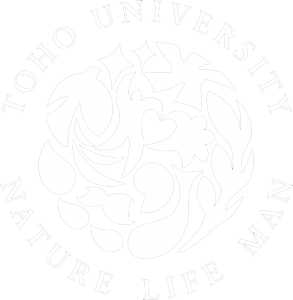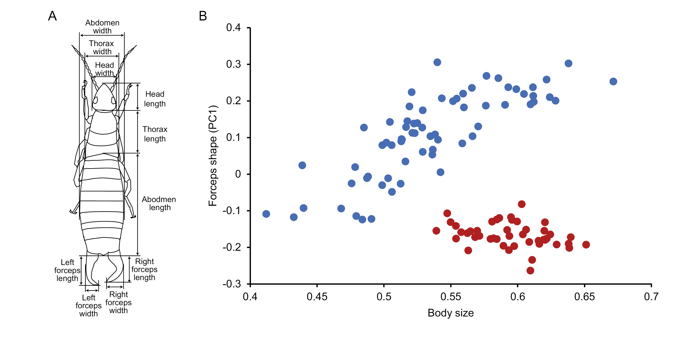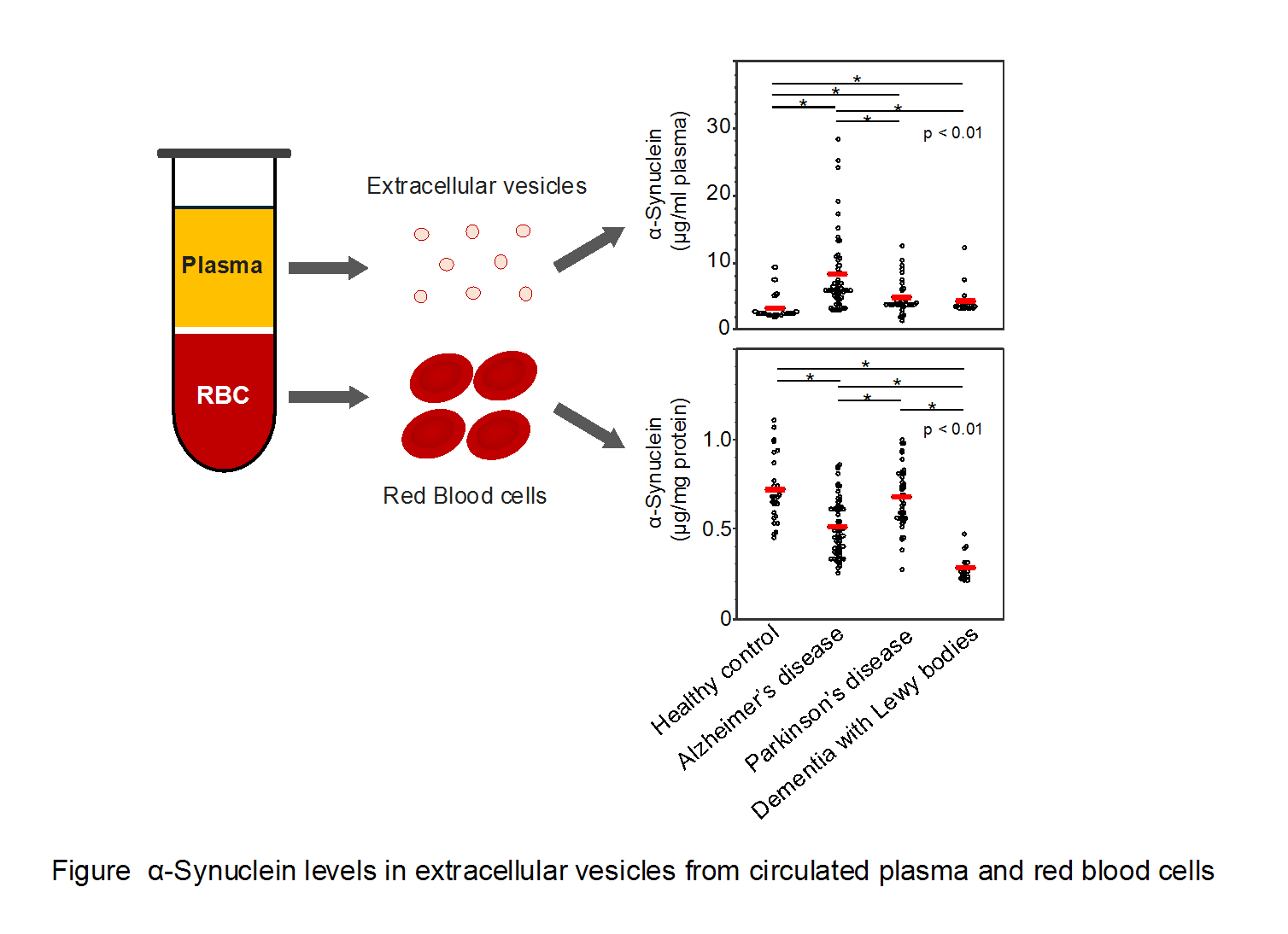February 25,2021
Traces of the Asteroid That Wiped Out the Dinosaurs Found in Impact Crater
~Impact dust containing iridium that rained down on the entire globe~

Akira Ishikawa, Associate Professor, Department of Earth and Planetary Science, Tokyo Institute of Technology; Naotaka Tomioka, Senior Researcher, Kochi Institute for Core Sample Research; Kazuhisa Goto, Professor, School of Science, The University of Tokyo; and Kosei Yamaguchi, Associate Professor, Faculty of Science, Toho University, in international collaboration with Steven Goderis, Vrije Universiteit Brusselree, and Honami Sato, University of Padova, Italy, conducted chemical analyses of elements characteristic of asteroidal materials in excavated samples from the interior of the Chichurub crater in Mexico, formed at the Cretaceous/Paleogene boundary approximately 66 million years ago. They found that asteroidal materials are concentrated in the uppermost part of impact-derived sediments. The results of this study provide an important benchmark for precisely aligning the impact site’s time scales with those of strata deposited around the Cretaceous/Paleogene boundary reported around the world. Environmental changes before and after the extinction of the dinosaurs will be reconstructed in more detail using clues of how the materials scattered by the large-scale asteroid impact diffused throughout the Earth. The research results were published in the international academic journal Science Advances on February 24, 2021.
Key points of the research
- In a large crater approximately 66 million years old, they found a layer containing a high concentration of elements derived from an asteroid.
- Iridium-rich dust was distributed at the top of the sediments formed by the impact.
- Important evidence for understanding the global diffusion process of materials caused by large-scale impacts.
Background of the study
In April and May 2016, Expedition 364 of the International Ocean Drilling Program (IODP) conducted a study of the peaks inside the Chichurub crater (about 200 km in diameter) off the Yucatan Peninsula, Mexico, formed at the Cretaceous/Paleogene boundary approximately 66 million years ago. Drilling was performed on a ring structure (Fig. 1). A core sample approximately 830m long and consisting of sediments of post-asteroid impact age (Paleogene), impact-derived sediments, and basement rocks of the drilling area was obtained. Studies using core samples have provided detailed reconstructions of the crater formation process, immediate environmental changes, and ecosystem recovery rates associated with large-scale asteroid impacts (Morgan et al., 2016; Lowery et al., 2018; Riller et al., 2018; Gulick et al., 2019). However, the distribution of impact-causing asteroid-derived materials within craters is not well understood.
In April and May 2016, Expedition 364 of the International Ocean Drilling Program (IODP) conducted a study of the peaks inside the Chichurub crater (about 200 km in diameter) off the Yucatan Peninsula, Mexico, formed at the Cretaceous/Paleogene boundary approximately 66 million years ago. Drilling was performed on a ring structure (Fig. 1). A core sample approximately 830m long and consisting of sediments of post-asteroid impact age (Paleogene), impact-derived sediments, and basement rocks of the drilling area was obtained. Studies using core samples have provided detailed reconstructions of the crater formation process, immediate environmental changes, and ecosystem recovery rates associated with large-scale asteroid impacts (Morgan et al., 2016; Lowery et al., 2018; Riller et al., 2018; Gulick et al., 2019). However, the distribution of impact-causing asteroid-derived materials within craters is not well understood.

Figure 1: The Myrtle (courtesy of the University of Texas at Austin, Jackson School of Geosciences) was used to drill the Chichurub crater.

Figure 2: Scanned images of drilled core samples from the uppermost layer of collision-derived sediments and the upper Paleogene limestone layer. High concentrations of iridium are found at the interface between the dark brown, fine-grained clay, and gray-green limestone layers (courtesy of the Onshore science party of IODP- ICDP Expedition 364)
The international research team conducted a detailed geochemical analysis of the impact-derived sediments (approximately 130 m thick) in the core samples drilled inside the Chichurub crater. As a result, an asteroid-derived iridium layer with a concentration of ~1 ng/g (approximately 30 times more than above and below) was found at the top of the impact-derived sediment covering the crater’s peak ring (Fig. 2).
The detection of high iridium concentrations in the sediments inside the crater at the asteroid impact site is a surprising and intriguing result. For asteroidal impact events with diameters greater than a few kilometers, most of the asteroidal material is thought to be vaporized by the heat of impact and released outside the crater. It was feared that traces of the asteroidal material had disappeared because the crater’s interior immediately after the impact was severely affected by large-scale tsunamis, earthquakes, and shock waves; evidence of intense hydrothermal activity was found at the different crater depths.
However, this research found that iridium from the asteroid was preserved at very high concentrations inside the crater. This makes it possible to precisely align the time axis recorded in the Cretaceous/Paleogene boundary layer between the impact site and the rest of the world. The iridium concentration at the top of the clay layer deposited from turbid seawater after the impact suggests that ejecta containing asteroidal material may have been dispersed and suspended in the atmosphere and then deposited within a few years or decades of the impact event. This is a critical constraint for achieving a detailed understanding of the atmospheric and oceanic diffusion processes of materials dispersed by large-scale collisions.
The detection of high iridium concentrations in the sediments inside the crater at the asteroid impact site is a surprising and intriguing result. For asteroidal impact events with diameters greater than a few kilometers, most of the asteroidal material is thought to be vaporized by the heat of impact and released outside the crater. It was feared that traces of the asteroidal material had disappeared because the crater’s interior immediately after the impact was severely affected by large-scale tsunamis, earthquakes, and shock waves; evidence of intense hydrothermal activity was found at the different crater depths.
However, this research found that iridium from the asteroid was preserved at very high concentrations inside the crater. This makes it possible to precisely align the time axis recorded in the Cretaceous/Paleogene boundary layer between the impact site and the rest of the world. The iridium concentration at the top of the clay layer deposited from turbid seawater after the impact suggests that ejecta containing asteroidal material may have been dispersed and suspended in the atmosphere and then deposited within a few years or decades of the impact event. This is a critical constraint for achieving a detailed understanding of the atmospheric and oceanic diffusion processes of materials dispersed by large-scale collisions.
READ MORE RESEARCH NEWS - SCIENCE
ACADEMICS
Undergraduate Programs
– Medicine
– Pharmaceutical Sciences
– Science
– Nursing
– Health Science
Graduate Programs
–Medicine
–Pharmaceutical Sciences
–Science
–Nursing
Undergraduate Programs
– Medicine
– Pharmaceutical Sciences
– Science
– Nursing
– Health Science
Graduate Programs
–Medicine
–Pharmaceutical Sciences
–Science
–Nursing
RESEARCH
– News
– Guidelines & Policies
– Support Offices
– Facilities
– Security Export Control
Non-Degree Programs
– Clinical Elective Program
– International Physician Observership Program




